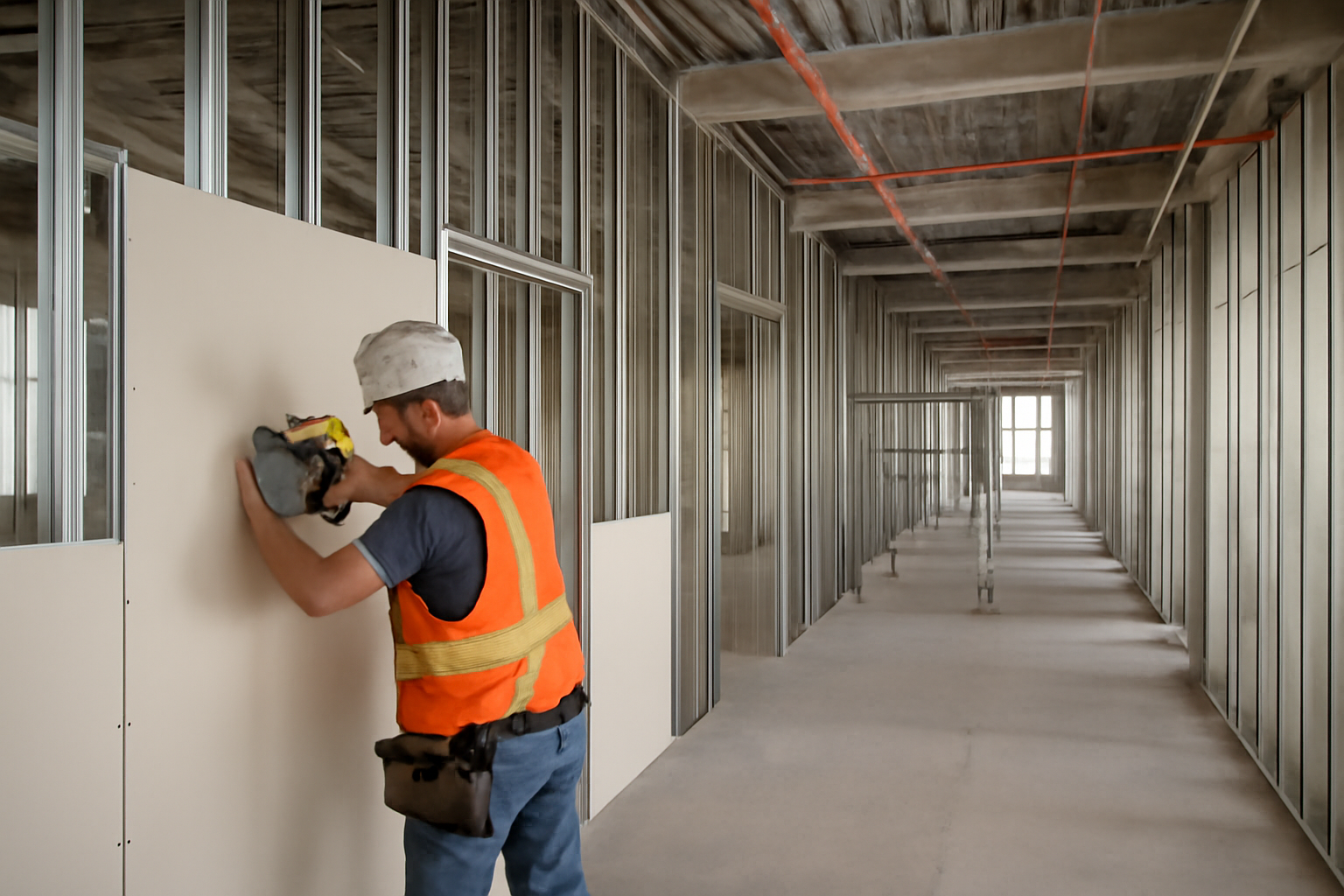
For drywall estimators, the gap between initial takeoff and final job actuals often reveals critical blind spots. These discrepancies not only impact profitability but also erode confidence in the preconstruction process. To improve future estimates and increase stakeholder trust, it’s essential to understand where and why estimators miss the mark—and how data-driven intelligence can close the loop.
Despite access to robust takeoff tools and historical pricing data, estimators frequently underestimate or overlook key variables that impact actuals. Common areas of variance include:
One major challenge lies in the assumptions built into the estimate. Often, takeoffs are created in a vacuum without real-time insight into field constraints. For example, a ceiling height that appears uniform on paper may vary significantly in the field due to slab deviations or HVAC conflicts, requiring additional time and materials.
Estimation is no longer just about counting and costing—it’s about continuous learning. Active Estimating introduces a loop where estimates are updated with actual production data from the field. This means:
In one hospital project, the takeoff assumed a standard install rate for shaftwall assemblies. However, field crews encountered limited access, requiring manual hoisting and reducing daily install volume by 40%. The disconnect wasn’t in the count—it was in the context. With feedback mechanisms in place, those actuals could be captured and used to correct future estimates.
Rather than relying on anecdotal feedback, a structured approach to capturing the delta between estimated and actual costs is critical. Using tools like drywall estimating software with version control and traceable assumptions, estimators can:
Static spreadsheets don’t adapt as projects evolve. Continuous estimating empowers teams to make proactive decisions with up-to-date data and build trust between estimating, design, and field teams. Estimators become strategic advisors, not just number crunchers, by showing how every iteration reflects evolving project realities.
Drywall takeoff vs. actuals doesn’t have to be a recurring post-mortem. With a modern system that tracks, learns, and evolves, estimators can eliminate guesswork, align more closely with real-world outcomes, and drive smarter decisions from day one. Active Estimating is redefining how drywall costs are forecast, tracked, and refined—bringing clarity where the industry has long accepted uncertainty.
Contact Information:
Active Estimating
508 2nd Street, Suite 208
Davis
California
95616
Rich Schoener
richard@activeestimating.com
(877)
Schedule a personalized demo to see how Active Estimating can work for your specific needs.
